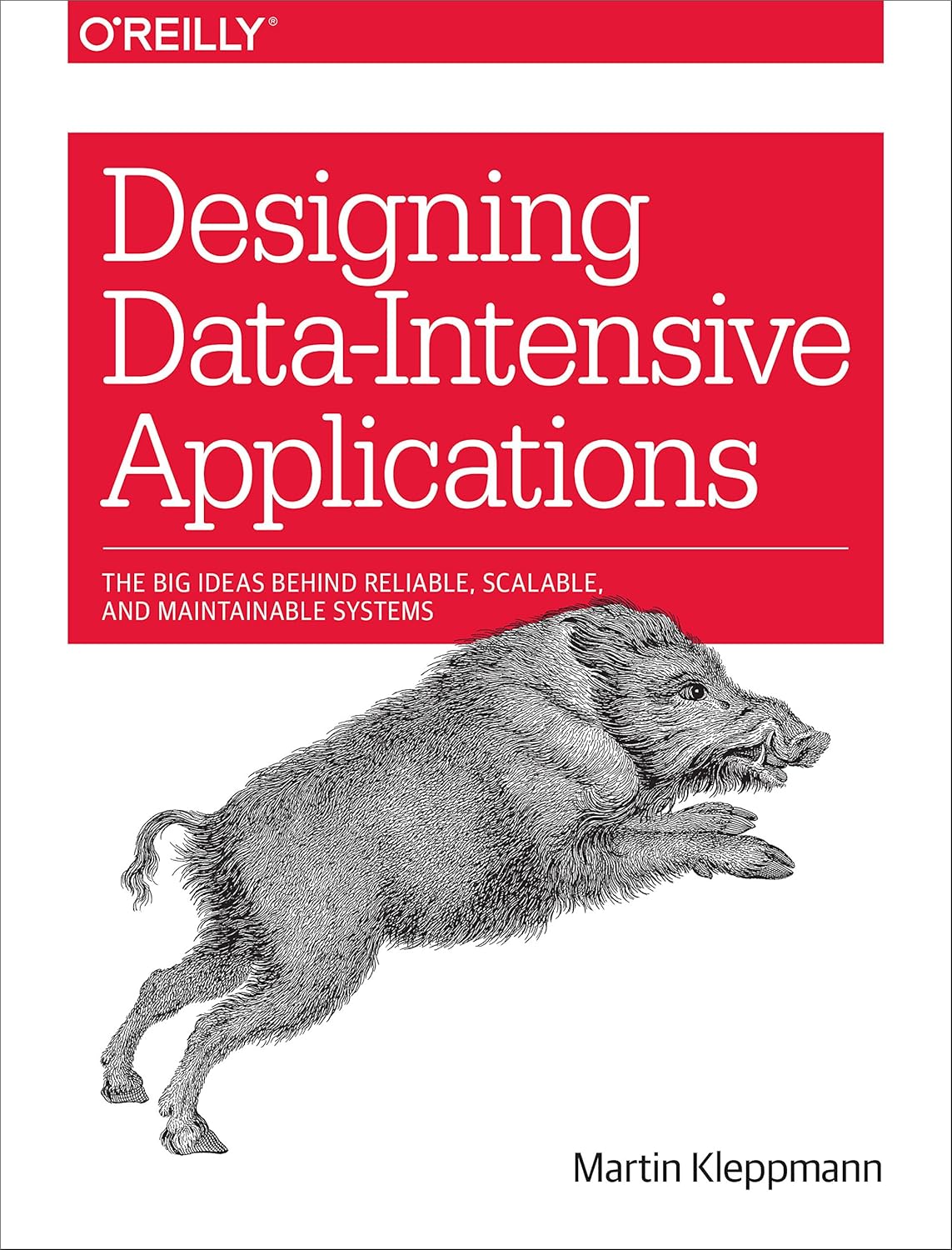The Big Ideas Behind Reliable, Scalable, and Maintainable Systems
Let’s be honest. Building modern software systems can feel like assembling IKEA furniture without instructions, in the dark, while new tools fall from the ceiling every five minutes. Between relational databases, NoSQL stores, stream processors, batch jobs, and message brokers, today’s data landscape is more crowded than a startup’s Slack channel.
Enter Designing Data-Intensive Applications by Martin Kleppmann, the field guide you didn’t know you needed, but absolutely do. This book avoids hyping trendy tech or pushing one-size-fits-all solutions. Instead, it offers a calm, analytical look at the complex world of data systems, helping engineers and architects cut through the noise to make informed, context-aware decisions.
At its core, the book is about trade-offs. Every tool promises something: scalability, speed, fault tolerance, flexibility. Kleppmann explains what those promises really mean, and what they conveniently leave out. He unpacks the key principles behind data systems, from consistency and availability to durability and latency, ensuring you understand not just how technologies work, but why they are built the way they are.
You will learn how to:
- Understand and operate the databases and pipelines you already rely on
- Identify what makes systems reliable under pressure and what causes them to fail
- Choose the right tools for your use case rather than chasing hype
- Apply lessons from distributed systems research to modern application design
- Draw insights from how large-scale systems at major tech companies are built and maintained
Part deep dive, part survival guide, this book is essential reading for anyone serious about building systems that handle real-world data without crashing, corrupting, or confusing everyone involved. It is the antidote to duct-tape-and-hope architecture.

